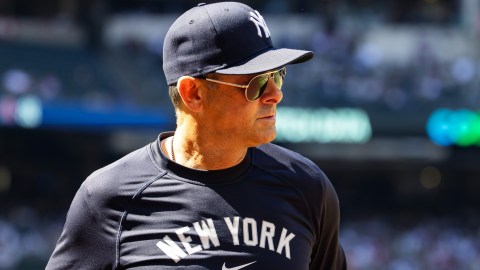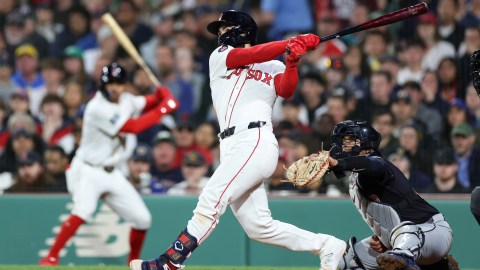When the Tampa Bay Rays opened the second half of the season, they stared at a schedule that saw seven games at home against the Red Sox and the Yankees. In a way, it was a make-or-break stretch for the third-place team in the loaded American League East.
With a strong showing in that homestand, the Rays could not only keep themselves in the conversation in the AL East, but certainly climb the ladder in the wild card race. They entered the span six games back in the division and five behind New York for the wild card.
After going 3-4 and then dropping a pair of games in Kansas City to begin a long road trip, Tampa Bay has done itself no favors. It enters Sunday 9 ½ games behind Boston in the division and now trailing the Yanks by 6 ½ in the wild card standings.
The prevailing thought is that the week-plus of poor baseball has turned the Rays — as recently as the All-Star break one of the top seven teams in baseball in terms of record — into sellers as the non-waiver trade deadline approaches.
With the extreme nature of the wild card races this season, that may be the case for many other teams, dramatically altering the landscape as July 31 looms. Several clubs that may have felt as if they were in the picture a few weeks ago now see a widening gap, at least in that old fallback plan — the wild card.
Entering Sunday, New York led the wild card by 5 ½ games (seven in the loss side) over the Los Angeles Angels of Anaheim. In the National League, Atlanta held a five-game lead over second-place Arizona.
Of course, several teams that are trailing the Yankees and Braves are closer to their respective division leaders, but the wild card leaders are more distanced than ever at this time of year.
Since the wild card was instituted in 1994, there was never a margin of more than four games in its standings on this date. Until 2011. Not once. Never. That includes 34 different races, each of them tighter at this point in the season than the two we see this season.
In fact, only three times in the wild card history has there been a margin of as many as four games between the leader and the team in second place when play began on July 24. The gap has been two games or less 21 of those 34 times.
That doesn’t mean you can print playoff passes for the Yanks and Braves just yet. But what about those teams like the Rays and Diamondbacks and Angels and whichever teams fall off in the tightly-packed central divisions? Unless they can make waves in their division, their chances at sneaking into the playoffs through the back door are slim, or at least slimmer than they’ve ever been on this date.
The old fallback plan is starting to get away, and with it the opportunity for some teams to be as aggressive as they would like to be on the trade front.



